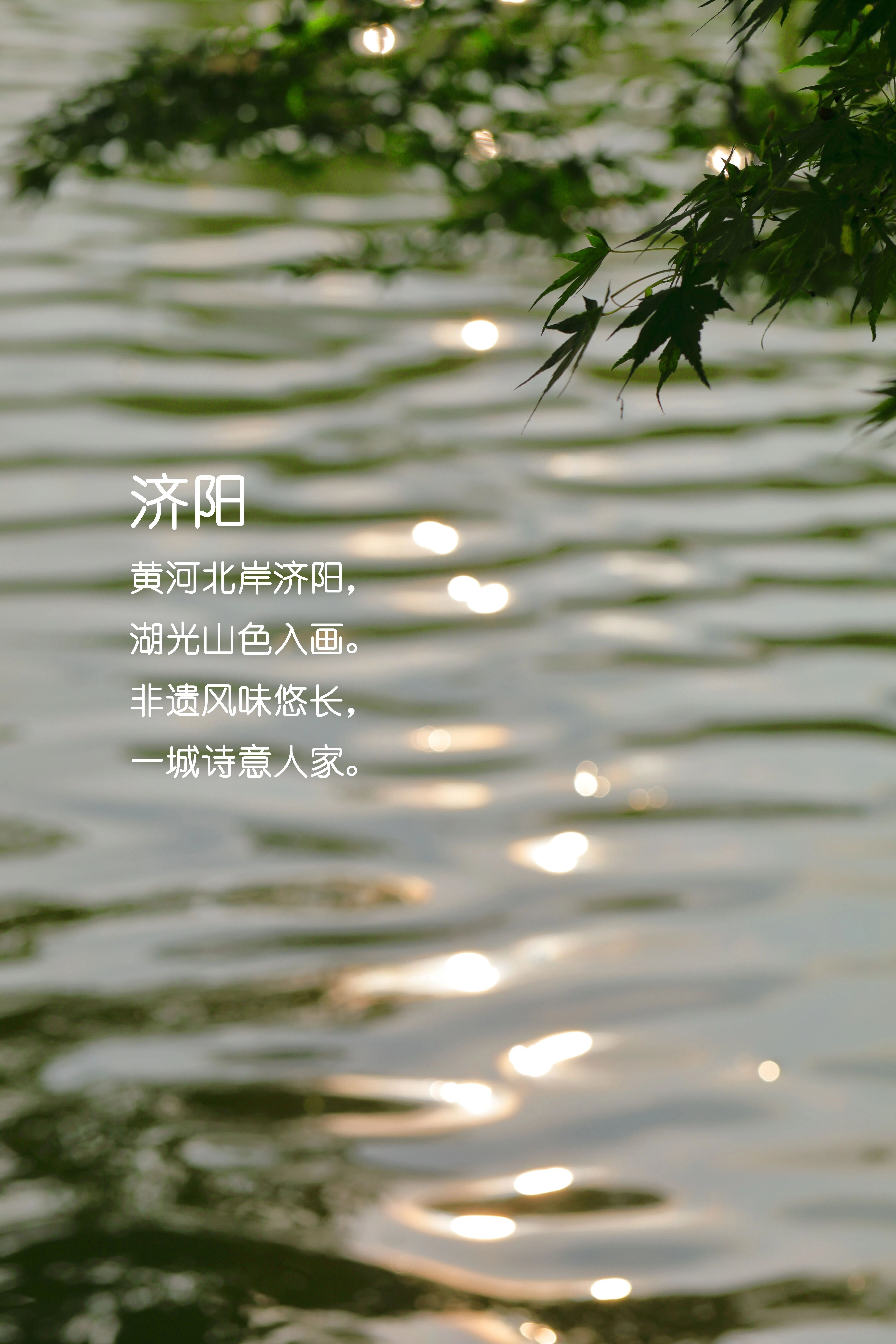Eco house with renewable energy production
2015-08-05 09:31
The start of this eco house project dates back to a personal experience encountered by the client, Dr. Jung Soik, a cultural curator and architectural educator. Dr. Jung was studying in Milan, Italy, when she witnessed a local truck-drivers’ union strike against the rocketing oil price. Three days into the strike, Dr. Jung found herself unable to find fresh groceries in the city. This experience brought her attention to the vulnerability of various systems our everyday lives rely on. She began to imagine herself one day building a self-sufficient community. Sosoljip is Dr. Jung’s first step towards her dream.
这个生态住宅项目的开始可以追溯到客户Jung Soik博士的个人经历,他是一位文化策展人和建筑教育家。荣格博士当时正在意大利米兰学习,当时她目睹了当地卡车司机工会反对油价飞涨的罢工。罢工三天后,荣格医生发现自己在城里找不到新鲜食品。这一经历使她注意到我们日常生活所依赖的各种系统的脆弱性。她开始想象自己有一天会建立一个自给自足的社区。Sosoljip是荣格博士迈向梦想的第一步。
The client and the architect wanted Sosoljip to be based on common sense in its design, construction, and budget. This 230 square meter eco house, which includes photovoltaic panels, solar heat collection tubes, wood burning boiler, four kitchens and four bathrooms was completed with 284,000 USD. Keeping the construction cost reasonable was very important for the project not because of budget limitations per se, but because Dr. Jung and Yang wanted the project to be a proof that an environmentally conscious house with renewable energy production is possible to construct with a modest budget.
客户和架构师希望Sosoljip在设计、构造和预算方面基于常识。这座230平方米的生态住宅,包括光伏电池板、太阳能集热管、燃木锅炉、四个厨房和四个浴室,耗资284,000美元。保持建筑成本的合理对于该项目非常重要,这并不是因为预算本身的限制,而是因为荣格博士和杨博士希望该项目能证明一个具有可再生能源生产的具有环保意识的房子是有可能在预算有限的情况下建造的。
Dr. Jung and her parents live in this house which consists of three flexible spaces: Dr. Jung’s, her parents’, and guest space. The main mass includes the parents’ living room, bedroom, kitchen and dining space. Dr. Jung’s space is independent, yet connected to the main mass through a porch. It is a large studio with private living space on the mezzanine level. The studio serves a dual purpose as a library and a classroom for architecture workshops she runs. Guest space functions as a buffer for the family’s sudden move from Seoul, where the family have lived all their lives, to Namhae, a remote countryside village. They will operate a Bed - Breakfast as well as invite family and friends. Dr. Jung’s younger sister’s family, who still lives in Italy, will also spend a few months in Sosoljip every year.
荣格博士和她的父母住在这所房子里,里面有三个灵活的空间:荣格博士的,她的父母的,以及客人的空间。主要内容包括父母的客厅、卧室、厨房和餐饮空间。荣格博士的空间是独立的,但通过一个门廊连接到主要的人群。这是一个很大的工作室,在阁楼层有私人居住空间。工作室的双重用途是图书馆和她经营的建筑工作坊的教室。客人的空间起到缓冲的作用,家庭突然从首尔,那里的家庭生活了一辈子,南海,一个偏远的乡村。他们将操作一张床
Taking advantage of the village’s characteristic landscape, stepped agricultural fields, guest rooms are placed on the lower level of the house and the family space on the level above, all of which are directly accessible from outside. The parents’ space is connected to the guest space through interior stairs, which allows the guest rooms to function as extra bedrooms. The two guest rooms share a flexible wall, which allows the space to be a large single room whenever desired. Roof of the guest space becomes a garden that opens up to the magnificent veiw of the sea before Dr. Jung’s room.
利用村的特色景观,梯级农田,客房被放置在房子的较低层和家庭空间在楼上,所有这些都可以直接从外面进入。父母的空间通过内部楼梯连接到客人空间,这使得客房可以作为额外的卧室。两间客房共用一堵灵活的墙壁,允许空间在任何时候都是一个大的单人房间。客人空间的屋顶变成了一个花园,在荣格博士的房间前向大海的壮丽的藤蔓开放。
The upper level is a long mass that runs east-west which shifts south-north to seperate Dr. Jung’s space. The roof is sloped at an angle to receive best sun exposure year around and sized for the 3KW photovoltaic panels and solar heat collection tubes to fit. Wood-burning boiler is the secondary heat source to avoid fossil fuel usage. Windows are placed to facilitate easy cross ventilation and carefully sized to minimize heat loss.
上层是一个漫长的弥撒,它运行着东南偏西,向南北方转移,使Jung博士的空间分开。屋顶以一定角度倾斜,以接收约为3kW光伏板和太阳能集热管安装的最佳太阳曝光年份和尺寸。木材燃烧锅炉是避免化石燃料使用的二次热源。放置窗户,便于易于交叉通风,并仔细设计尺寸,以最大限度地减少热量损失。
In constructing a net zero energy house, it is most important to manage energy than to produce it, therefore insulation is the most important factor. Sosoljip is built with external insulation to block heat or cold before it even enters the structure. Not a single centimeter of the building is directly exposed to external air. The reinforced concrete structure is wrapped with 20 centimeter styrofoam insulation. During the summer, the building relies on the insulation layer and natural ventilation for cooling without air conditioners, because the electricity consumption by air conditioners cannot be met with photovoltaic production. The client will gladly wear sweaters in the winter and sweat a little in the summer, which is only natural.
在建设零能耗净屋时,最重要的是对能源的管理,而不是生产,因此绝缘是最重要的因素。Sosoljip是用外部绝缘材料建造的,它甚至在进入结构之前就能阻挡热量或寒冷。建筑物没有一厘米直接暴露在外部空气中。钢筋混凝土结构采用20厘米的泡沫塑料绝缘。在夏季,由于空调耗电量无法满足光伏发电的需要,建筑依靠保温层和自然通风来冷却。客户会很乐意在冬天穿毛衣,在夏天穿一点汗水,这是很自然的。
Panels or shingles were not ideal for the exterior because a finishing system that is to be installed onto the insulation layer is bound to damage the external insulation. While researching for a material that could be sprayed on, Polyurea, often used in water parks, caught Yang’s attention. Polyurea is very resilient and is an excellent waterproof material. It could simply be sprayed on to the insulation-wrapped house. Eliminating the roofing trade not only sped up the construction process but was also an economical choice.
板或瓦是不理想的外部,因为一个整理系统,将安装在保温层,必然会损害外部绝缘。在研究一种可以喷在上面的材料时,经常用于水上公园的聚脲引起了杨的注意。聚脲具有很强的弹性,是一种优良的防水材料。它可以简单地喷在保温的房子上。取消屋面业不仅加快了施工过程,而且是一种经济的选择。
The architect wanted to design a simple, functional wall section that “the client’s parents could understand immediately.” The wall is composed of reinforced concrete, styrofoam insulation, polyurea and paint. These satisfy the function of a wall; to protect from weather. Nothing is added on the inside of this wall, no gypsum boards, no wallpapers, no paint.
建筑师想要设计一个简单的,实用的墙壁部分,“客户的父母可以立即理解。”墙体由钢筋混凝土、泡沫塑料保温、聚脲和涂料组成。这些都满足了墙的功能;保护不受天气的影响。这堵墙里面什么也不加,没有石膏板,没有壁纸,没有油漆。
Architects: Lifethings Location: GyeongSangNam-do, South Korea Architect In Charge: Yang Soo-in Project Manager : Kyung Jin Jung Contractor : Yim, Hyun Chul (Chaeheon Construction) Structural Engineering : Park, Byung-soon (The Kujo) Electrical Engineering : Hangil Engineering Mechanical Engineering : Joosung MEC All Photos © Kyungsub Shin
建筑师:地点:Gyeongsangnam-do,韩国建筑师:Yang Soo-in项目经理:Kyung JinJung承包人:Yim,Hyun Chul(Chaeheon Construction)结构工程:Park,Byung Son(Kujo)电机工程:Hangil工程机械工程:Joosung MEC所有照片
 举报
举报
别默默的看了,快登录帮我评论一下吧!:)
注册
登录
更多评论
相关文章
-

描边风设计中,最容易犯的8种问题分析
2018年走过了四分之一,LOGO设计趋势也清晰了LOGO设计
-

描边风设计中,最容易犯的8种问题分析
2018年走过了四分之一,LOGO设计趋势也清晰了LOGO设计
-

描边风设计中,最容易犯的8种问题分析
2018年走过了四分之一,LOGO设计趋势也清晰了LOGO设计










































































